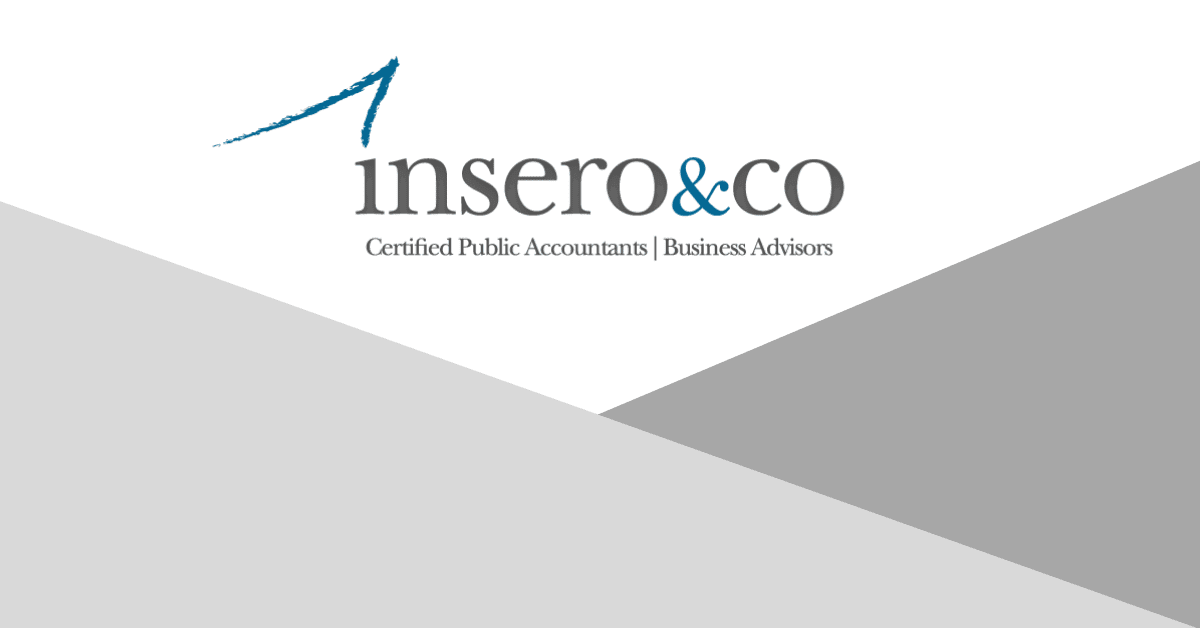New electronic plan document disclosure rules in effect
Long-awaited updated Department of Labor (DOL) regulations governing electronic delivery of plan documents took effect on July 27, 2020. They supplement safe harbor e-disclosure regulations issued in 2002, and expand plan sponsors’ options for streamlining the dissemination of required documents to plan participants.
Make it easier
Under the update, plan sponsors no longer need to receive plan participants’ advance consent to receive documents electronically. In addition, rather than having to email documents, sponsors need only provide a link to a site where participants can download the documents.
“Enhancing the ability of employers to furnish retirement plan disclosures electronically will reduce administrative expenses for [employers] and make the disclosures more readily accessible and useful for America’s workers,” the DOL stated when unveiling the new rules. Originally proposed in the fall of 2019, the final rules contain only minor tweaks from the proposed set.
Get the word out
To take advantage of the new e-disclosure rules, plan sponsors must send participants a notice announcing a new e-disclosure policy. You must send the notification in hard copy form, informing participants that they have the right to receive disclosure documents in hard copy form at no charge if they desire and explaining how they can make that request. You’ll need to send this alert to participants who have already affirmatively agreed to receive documents in electronic form under the 2002 safe harbor, along with all others.
When fulfilling ERISA plan disclosure responsibilities electronically, sponsors aren’t limited to using participants’ email addresses. If, for example, a plan participant doesn’t have an email address but does have a smartphone, sponsors can text messages and links to that participant.
If you already have participant email addresses on file, you can use what you have without making a new request. That can be either a personal or work-related email address. However, you must make sure the email address (or cell number) used is operational.
A bounce-back would be a clear indication that a message isn’t getting through, and you’ll need to find one that works. Also, if a participant leaves your employ and you were using the participant’s work email address, you’ll clearly need to find a viable alternative.
Note that the rules specifically exclude the use of single-purpose email addresses, such as one assigned to participants exclusively for disclosure documents. This is because the DOL believes that participants might not be in the habit of checking for messages coming to that email address. Also impermissible are email addresses assigned to participants by a third-party administrator or recordkeeper.
Email participants
The new rules include specific language that plan sponsors must include in disclosure announcements. Notably, the rules require the following statement in all disclosure emails: “Important information about your retirement plan is available at the website address below. Please review this information.”
If you direct participants to websites to access the documents, whether maintained by you or a plan service provider, the sites must satisfy basic user-friendly requirements — including readability and search features. Documents generally must remain available on the website until they’re superseded by newer versions.
Sometimes a notification of the availability of plan documents can cover multiple documents within the same announcement. Documents eligible for such consolidated announcements include summary plan descriptions, summary annual reports, investment-related disclosures, qualified default investment alternative notices and other documents that must be furnished at least annually. However, you must communicate individually any documents triggered by a particular event, such as a plan change described in a summary of material modification or blackout notice.
Stay in touch
Technology has evolved and improved dramatically since the 2002 safe harbor rule, making these 2020 final rules long overdue. By allowing workers to decide how they’d like to receive their retirement plan information, with the ability to change their mind at any time, these rules should help participants stay up to date on your plan.
As always, we hope you enjoy this edition of our newsletter and we look forward to receiving your feedback. Should you have any questions regarding the information contained in the attached materials or our Employee Benefit Plan Services, please feel free to contact me directly.
Want to learn more?
Join our Employee Benefit Plan Resources group on LinkedIn for more frequent updates on recent developments and best practices and discuss related topics with your peers.




